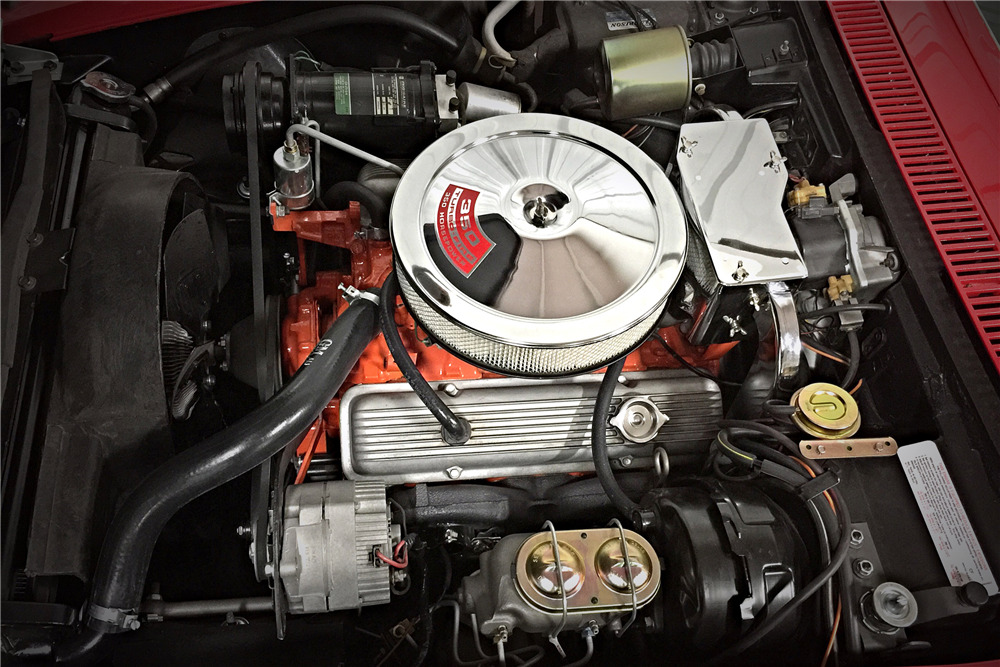If you were to say the words “350 small-block”, any automotive enthusiast worth their salt would automatically respond by jumping headlong into a discussion of famed Chevrolet powerplants. Chevrolet and the 350 cubic-inch V8 go together like pancakes and syrup, carrying a long history that dates back more than 50 years.
The 350ci V8 was actually a further extension of GM’s decade-old small-block engine series. In a bid to further cement the Corvette’s performance legacy, subsequent modifications to these earlier engines were made, thereby giving birth to one of General Motors’ most illustrious engine platforms. This platform, in itself, would serve as a mainstay of the Corvette line for over three decades to come.
No Subscription? You’re missing out
Get immediate ad-free access to all our premium content.
Get Started



